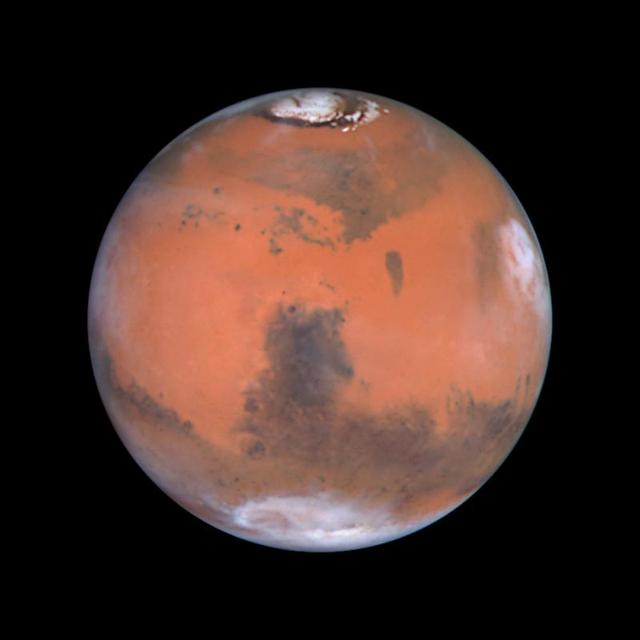
A green comet shooting past Earth for the first time since the Ice Age is about to skim right past Mars in the night sky.
The green comet and the red planet will be visible side-by-side across the Northern Hemisphere on the nights of February 10 and 11. For US stargazers, the Moon will stay below the horizon during the early evening hours, making ideal dark skies.
All that could make it much easier to spot the cosmic visitor, a ball of frozen gas and dust called Comet C/2022 E3 (ZTF), or Comet ZTF for short. Mars stands out among the stars because it glows bright and orange – easily visible to the naked eye. Once you spot Mars, finding the green cosmic snowball should be a breeze if it’s bright enough.
“Now that the Moon is leaving the evening sky, we’ve got about a week or so left to see this beauty at its best,” Dan Bartlett, a night-sky photographer and comet enthusiast, told Insider in an email.
Here’s what you need to know to treat yourself to a rare, colorful cosmic sight this weekend.

How to see Mars and Comet ZTF
Mars rises high in the evening sky this weekend, and it should be easy to see it beside the comet well before bedtime.
In the first few hours after nightfall, get as far from city lights as you can (safely and comfortably). Bring binoculars at a minimum – the comet probably won’t be visible to the unaided eye.
Comet brightness is difficult to predict. Although it’s been clear enough for binoculars so far, it’s possible that a telescope will be necessary to see Comet ZTF by the time it lines up with Mars.
To locate the cosmic couple, face west just after sunset and look for an orange-red point of light just to the right of the Orion constellation. That’s Mars, according to EarthSky.com.
A stargazing app like Sky Safari can help you spot the planet. Then point your binoculars at it and look for the comet. It should be just above Mars.
“Don’t look for a speck,” Bartlett said. “Look for a fuzzy, smudge, irregularly fan-shaped.”